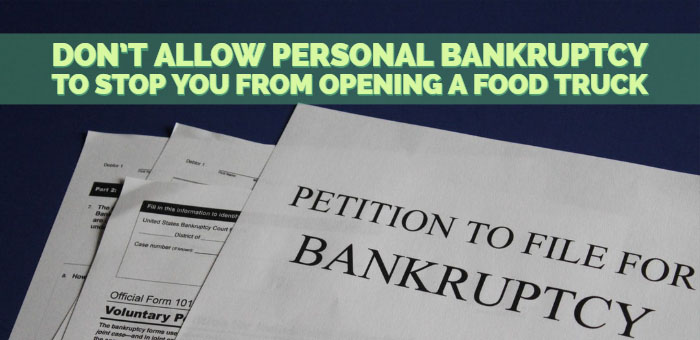Only one third of small business owners (including prospective food truck owners) were able to obtain all of the credit that their businesses need, a recent National Federation of Independent Business (NFIB) survey shows.
The survey’s finding is not surprising. Many economists, policy makers and food truck advocacy groups have long explained that mobile food vendors have a harder time obtaining credit than restaurants (their larger counterparts). When it comes to accessing capital, size definitely matters.
Even among food truck businesses, the smaller the company, the lower the odds that it has a loan or a line of credit. Only 15.7 percent of businesses with one or fewer employees have a business loan and only 33.7 percent have a line of credit, the NFIB survey shows. By contrast, 56.8 percent of businesses with between 50 and 250 workers have a business loan and 65.4 percent has a line of credit.
Rather than reveal some sinister motives among bankers, however, these patterns simply reflect the economics of business credit. Fewer small businesses have access to credit than larger companies because lending to them is riskier and more expensive than extending credit to larger companies.
Default risk is higher in the mobile food business loan market. Small businesses fail at higher rates than big businesses and changes in the business cycle have a larger impact on their profits. Because lenders cannot always charge interest rates that are commensurate with a borrower’s default risk, the most risky small business borrowers are often unable to get credit.
Lending to a food truck business is more expensive than lending to big companies. Part of the problem is the fixed cost of making a loan. Some costs are the same whether you make a $50,000 loan or a $5 million loan. Therefore, profit margins are higher on bigger loans. Of course, larger companies are more likely to need bigger loans than their smaller counterparts, which leads lenders to focus on larger customers.
Additionally, evaluating food truck business loan applications is often expensive. Little publicly available information on the financial condition of food trucks exists, and these mobile business owners rarely have financial statements that are very detailed. Food truck owners’ personal finances are sometimes intermingled with those of their businesses. The very large variety of small businesses and the way they use borrowed funds make it tough to apply general lending standards. Finally, monitoring the financial condition of mobile food businesses often requires lenders to build personal relationships with the food truck owners.
These economic principles have important implications for those seeking to boost small businesses’ access to credit. Encouraging more lending will require policies that take into account the greater cost and risk of lending to food trucks — and why these mobile food small businesses have trouble getting credit.




